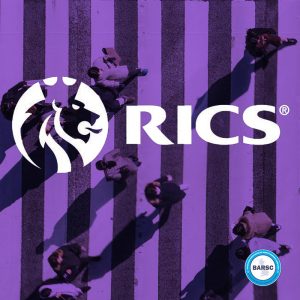 Recent years have a seen an enormous increase in the availability and use of all kinds of geospatial imagery.
Recent years have a seen an enormous increase in the availability and use of all kinds of geospatial imagery.
From the advent of accessible earth observation and satellite systems such as Copernicus to the rapid development of LiDAR to the evolution of UAV systems and sensors.
Aerial survey has been enhanced by improved digital imagery and computer processing capabilities.
It’s an exciting and fast moving geospatial information sector and is used in applications from environmental and land management, mapping, site surveys, construction and infrastructure, coastal management, building condition reports and much more.
It is this increasing ‘scalability’ of technique, clarity on deliverables, project specification and potential use (or misuse) of information which is at the core of the Royal Institute of Chartered Surveyors (RICS) new Sixth Edition of their Guidance Note.
This guidance note is intended for use by land, sea, engineering and environmental professionals who are acting in an advisory capacity, and by survey-knowledgeable clients who specify their own surveys. It is also intended to be used by earth observation and aerial survey specialists.
It will help clients communicate their goals, and what they expect to receive in terms of:
• types of data
• accuracy
• resolution
• survey detail and
• final deliverables.
It will help both parties clarify issues such as project constraints and timescales.
This guidance note incorporates a full revision of vertical aerial photography and digital imagery (5th edition), RICS guidance note. New sections on LiDAR and hyperspectral, multispectral and thermal imaging systems have been added.
The following topics are covered in this guidance note:
• pre-project considerations, including the different data capture platforms available and planning requirements
• the techniques of aerial photography, LiDAR, sensing in the non-visible part of the electromagnetic spectrum and earth observation and
• future developments in earth observation and aerial survey techniques.
This guidance note also contains sample specifications, an accuracy and resolution table that combines information about each technique and an expanded glossary in the appendices.
RICS welcomes all commentary and do please pass details of this consultation onto interested colleagues.
